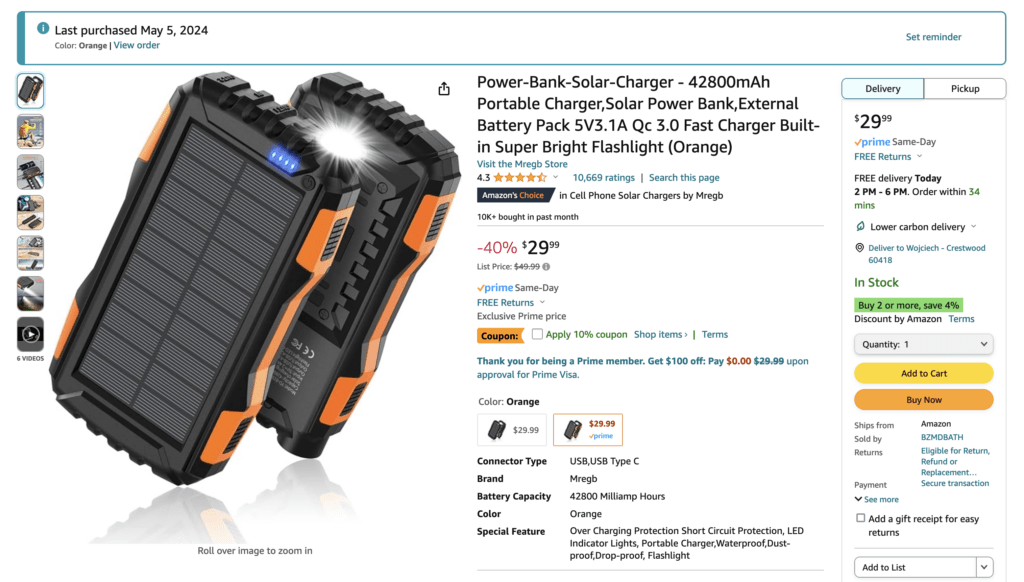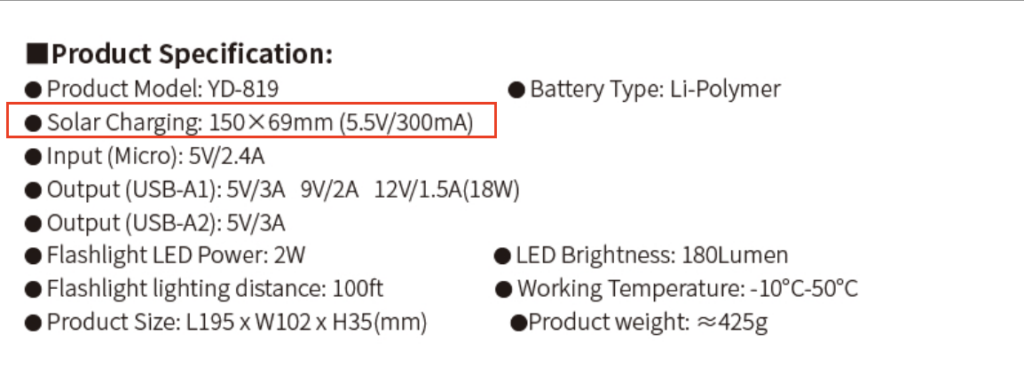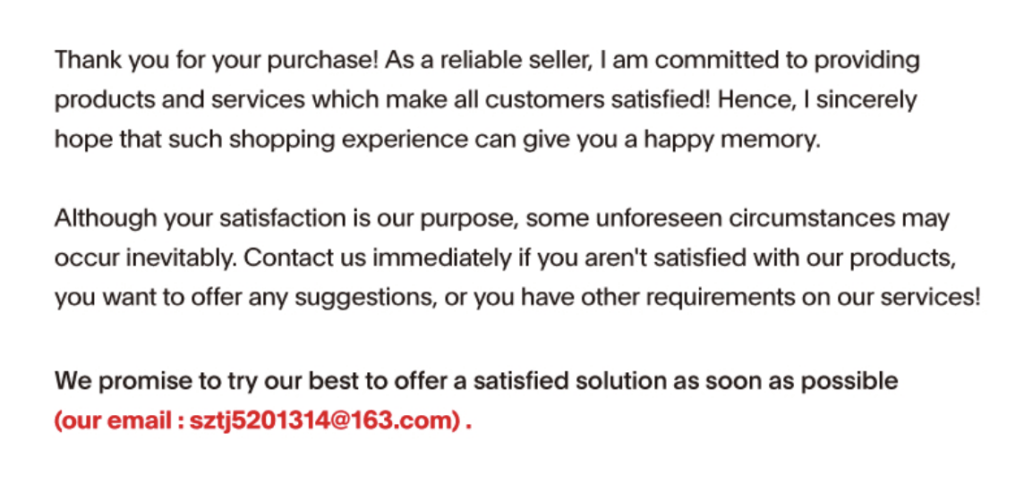Recently, I purchased a rather popular but unbranded power bank (part number YD-819) from Amazon, and boy, did it turn out to be a pleasant surprise! Despite its modest price tag of just $30, this powerhouse boasts an impressive capacity of 42800mAh. Not only can it charge two devices simultaneously, but it also supports USB power charging. What really caught my attention, though, is the built-in solar panel on the top of the device.
Naturally, I found myself pondering: can this solar panel really harness enough energy to keep my power bank juiced up, say, under the blazing sun in my car? Will it suffice to meet my phone’s energy needs? Or, is it merely there for show? Let’s dive into the details.
The Product

Let’s put things in perspective: my iPhone 13 Pro holds a battery capacity of 3095mAh. With this power bank in hand, I could juice up my phone over 13 times! Surprisingly, to achieve a full charge on my phone, the power bank only needs to be filled to a mere 7.23% capacity.
Solar Just for Emergency?!
Let’s circle back to the solar capabilities. The product detail page highlights its solar capability, labeling it as an “emergency function”. In simpler terms, they recommend relying on a cord charger for regular use, reserving the solar feature for those unexpected moments. Here’s the relevant exceprt from the product detail page:
...
Solar charging is affected by the instability of sunshine intensity and duration. The battery capacity of the portable charger power bank is very large, so the charging will be very slow and should be used as <strong>an emergency function</strong>. For daily charging, please use a charger
...Ideal Scenario
Exciting news – the product comes with a user manual! However, don’t expect a hefty read; it’s just 7 pages long, probably in A7 format (2.9 x 4.1 inches). Within those few pages, I got: the dimensions and charging rate (in ideal scenario) of the solar charger, clocking in at 300mA.

So the question is: how much time do you need in ideal conditions to fully charge the power bank from its depleted state? For the sake of simplicity let’s assume that charging time is a linear function. We got:
| Solar Only Charging 300mA | USB Only Charging 2.4A | |
|---|---|---|
| from 0% to 3.62% (50% of iPhone 13 Pro) | 5.16 | .65 |
| from 0% to 7.23% (100% of iPhone 13 Pro) | 10.31 | 1.29 |
| from 0% to 25% | 35.67 | 4.46 |
| from 0% to 50% | 71.33 | 8.92 |
| from 0% to 100% | 142.67 | 17.83 |
Questions
But what are ideal conditions? I messaged the seller asking for more information using my amazon account because their email address printed on the user manual looks least to say not-genuine:

Is domain name 163.com even valid? Yes, it is valid but it doesn’t respond to the HTTP traffic. If so, do they have a company website? Let’s take the risk and email them:
...
I recently purchased one of your products, a power bank, from Amazon, and upon receiving it, I noticed your email address provided on the packaging.
I'm reaching out to inquire further about your company and products. Could you please provide me with the website URL where I can learn more about your offerings?
...First Seller Response
Back to the seller response. They responded next day with few some details. Here is what I learned:
- The charging range of the solar panel is between 100-300mAh
- To achieve 200mAh 30,000lux (unit of illuminance) is required. For perspective, according to wiki pages:
- 10,000-25,000 – full daylight (not direct sun)
- 32,000-100,000 – direct sunlight
- Non-coverage warning. What is between 25,000-32,000?
- The power bank internally consists of 4 independent batteries each can hold up to 10700 mA. The device also has 4 power charge indicators which may relate to each battery.
In conclusion, the solar power bank should take just a little over 5 hours in direct sunlight to charge my phone to 50%, which is quite impressive. Even more remarkable is its ability to charge my phone to 10% in just 1 hour! Despite considering myself a moderate phone user, these charging speeds exceed my expectations, indicating that the capability isn’t solely reserved for emergencies but should meet my daily needs.